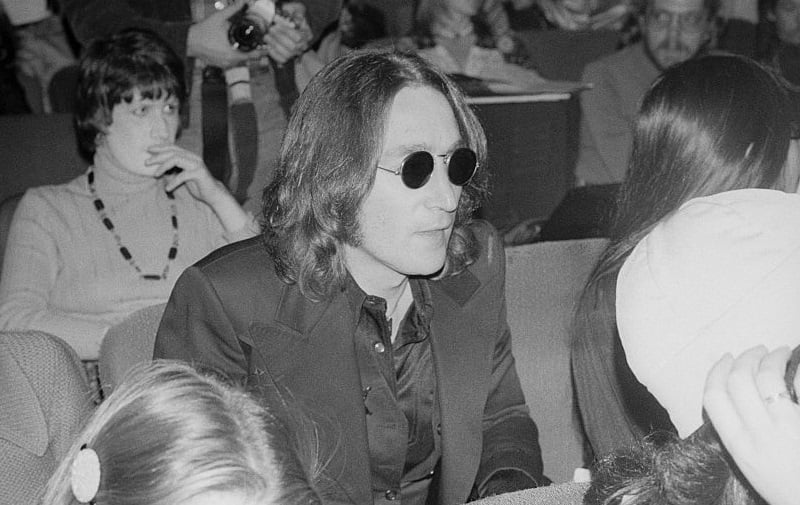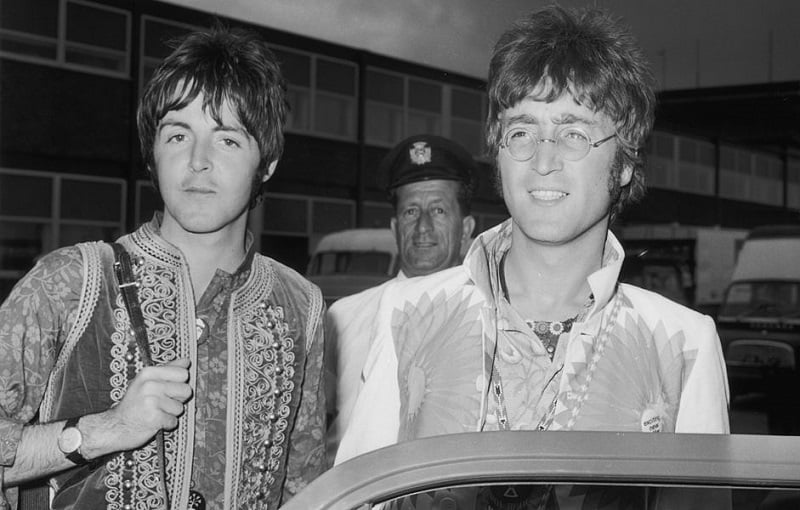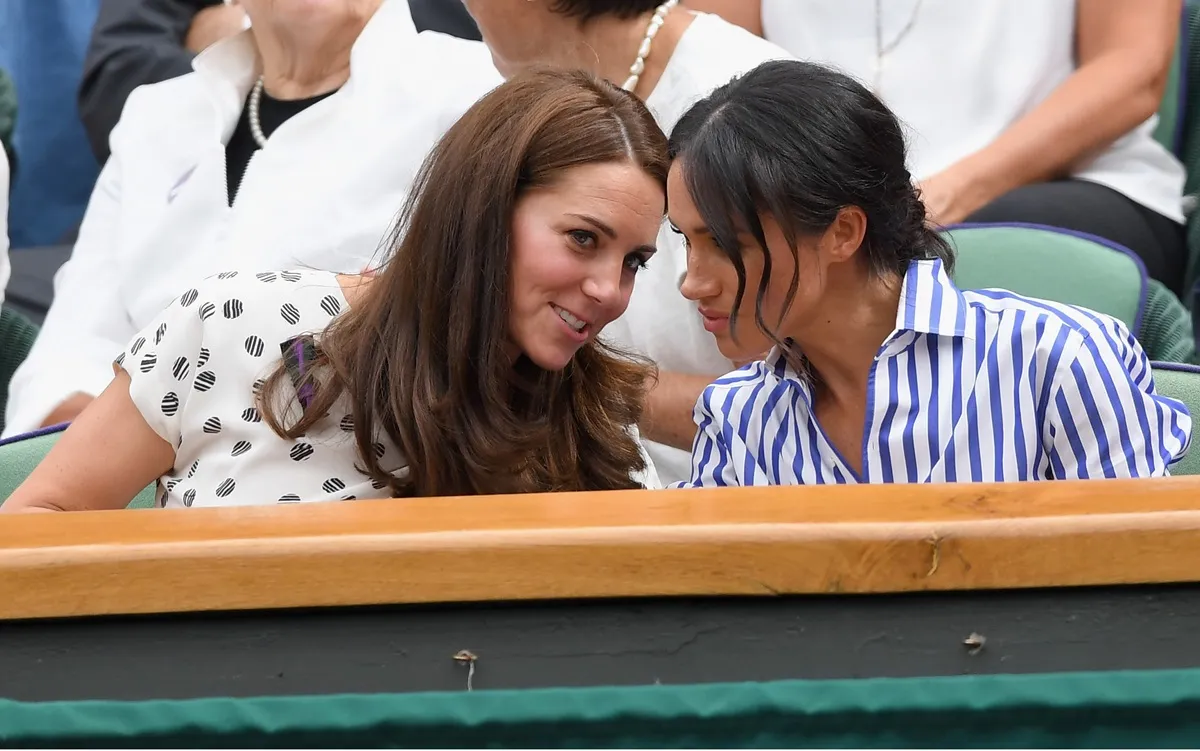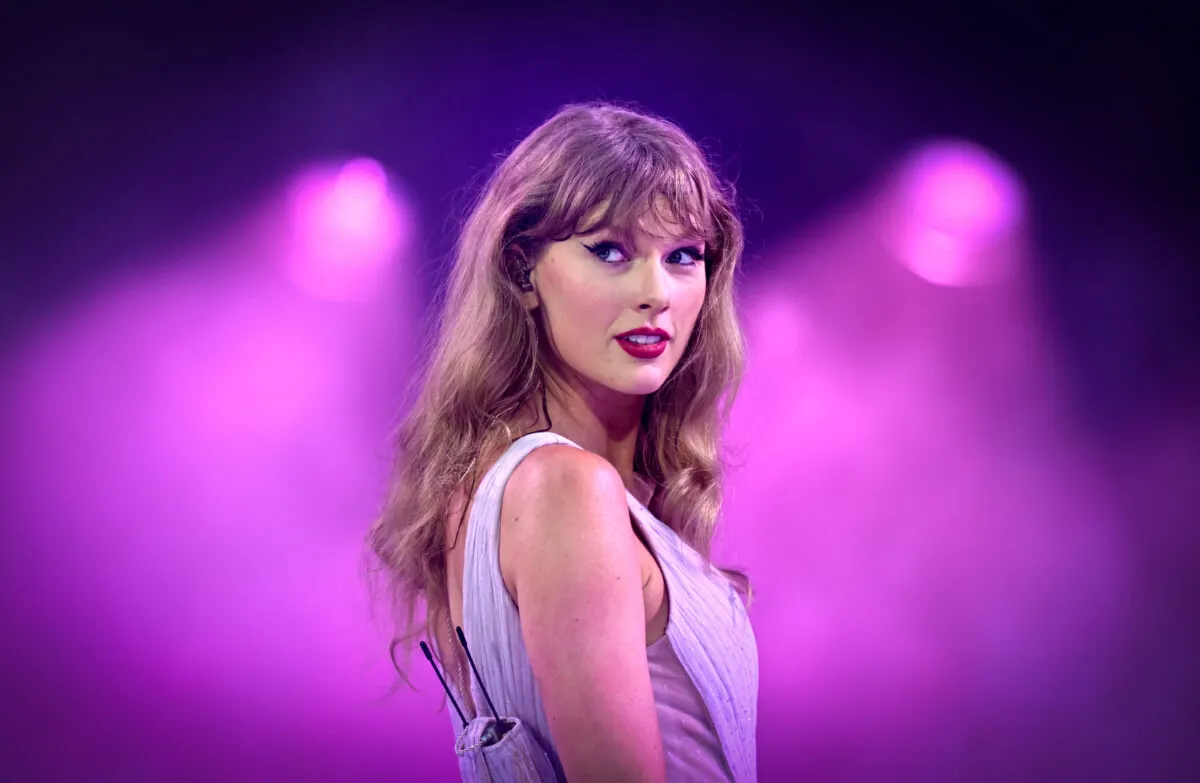The Paul McCartney Album John Lennon Described as ‘Rubbish’
After a band breaks up, what are old friends to do? In the case of Led Zeppelin, when a death ended the group’s run, the solution was to pack it in and entertain the occasional rumor of a reunion tour. But these men were in their 30s and had done their best work years earlier.
When The Beatles parted ways in 1970, they still had a lot left in the tank. That’s obvious when you listen to the final album and watch the band perform together for the last time in Let It Be.
Besides, no one in The Beatles had turned 30 when the band split up. George Harrison was about to launch a very successful solo career, as were the other members of the group.
For Paul McCartney and John Lennon, that meant the pair’s approximation of a sibling rivalry would carry over into their post-Beatles lives. At times, the insults — in both songs and comments in the press — got personal. In fact, on one occasion, John gleefully mocked Paul’s solo efforts.
John referred to Paul’s first solo album as ‘Engelbert Humperdinck music.’

McCartney, Paul’s first solo album, appeared in April 1970. Since it came out before Let It Be, the three Beatles considered it a betrayal. Once the reviews came in for Paul’s album, we imagine John, George, and Ringo felt a little better.
Writing in The Guardian, Geoffrey Cannon took the former Beatle to task. “The music is boastfully casual, scraps of his home studio,” Cannon wrote. “[Paul] seems to believe that anything that comes into his head is worth having. And he’s wrong.”
Other critics echoed this sentiment, with a few pummeling the Beatles’ hit-maker. But the most biting criticism might have come from Paul’s old songwriting partner. In a January ’71 Rolling Stone interview, John casually dismissed McCartney as “rubbish.”
“I think he’ll make a better one, when he’s frightened into it,” John continued. “But I thought that first one was just a lot of … remember what I told you when it came out? Light and easy.” In Fab, Sounes’s McCartney biography, he quoted John calling it “Engelbert Humperdinck music.” (Ouch.)
John and Ringo continued making fun of Paul in solo tracks.

After McCartney, Paul released Ram with his wife Linda contributing. Critics weren’t impressed much by that album, either, but the harshest response came (again) from John Lennon.
John was provoked by “Too Many People,” a song which had references to John’s activism and his relationship with Yoko. Naturally, that would require an answer, and John had it for Paul on “How Do You Sleep?” That track remains among the most epic takedown songs in rock history.
Ringo also got into the act. In 1972, he released “Back Off Boogaloo,” a single that had its own message for Paul. “Wake up, meathead. Don’t pretend that you are dead,” Ringo sang, referencing the “Paul is dead” conspiracy theory. He also said Paul’s work “sure sounds wasted.”
What did those two songs about Paul have in common? Besides being rocking tunes, George Harrison played lead guitar on both. “The Quiet Beatle” sent a message in his own, quiet way as well.
Check out The Cheat Sheet on Facebook!


